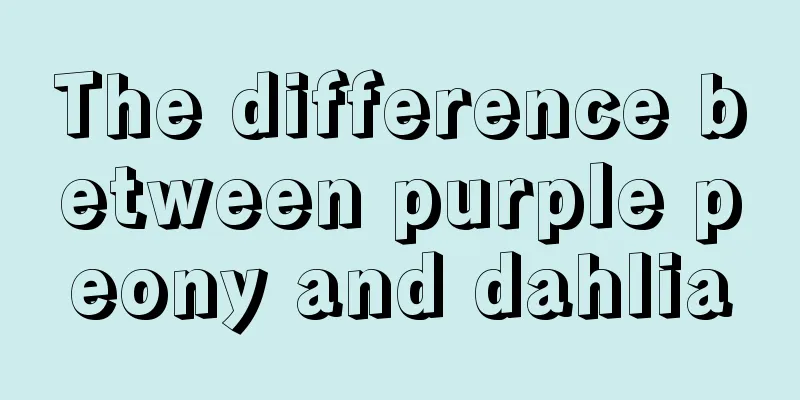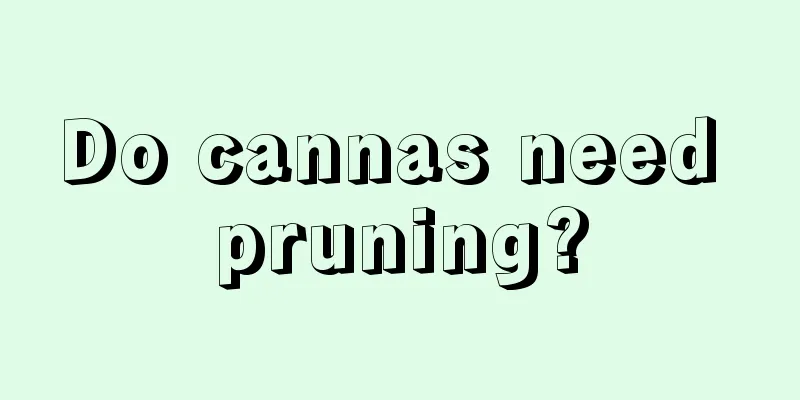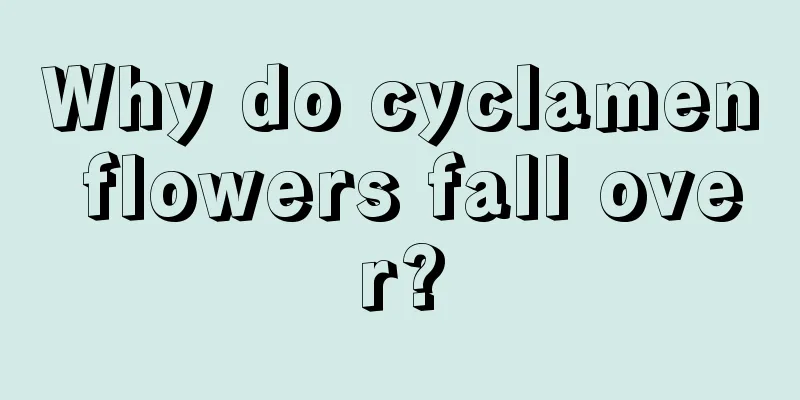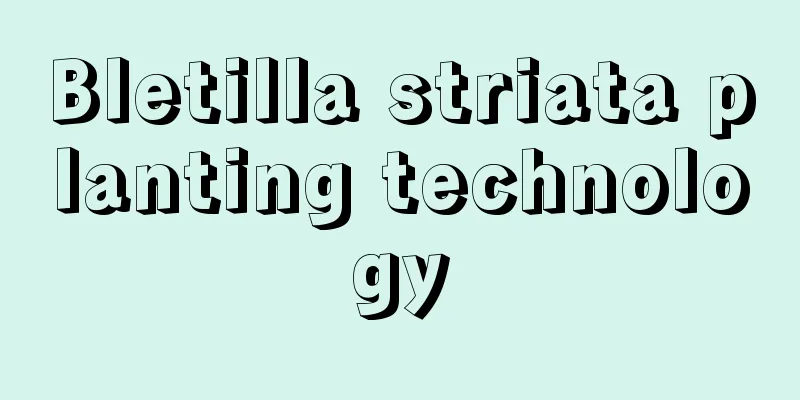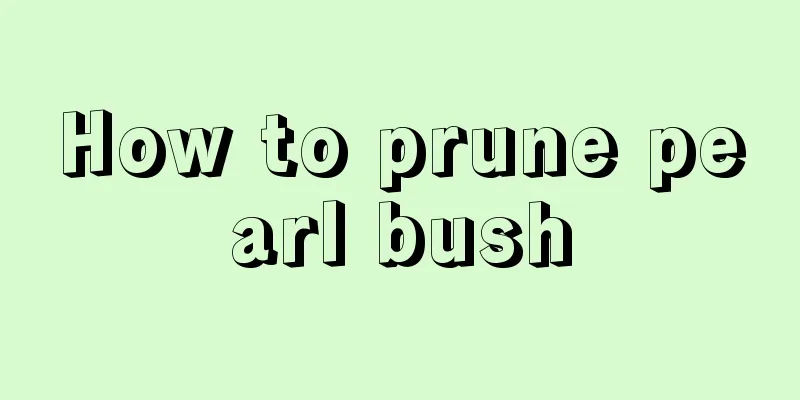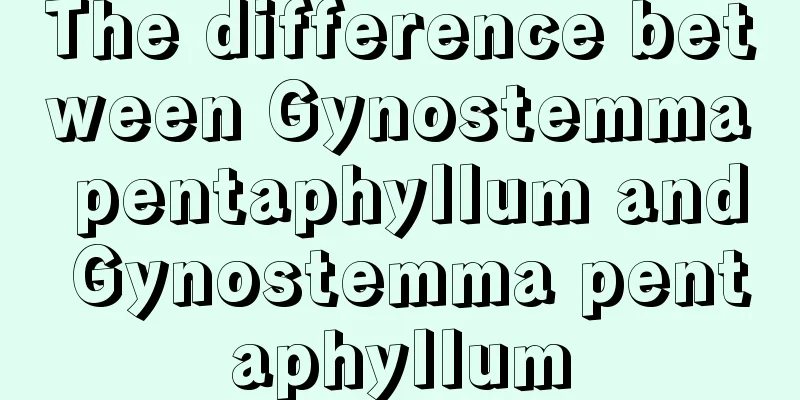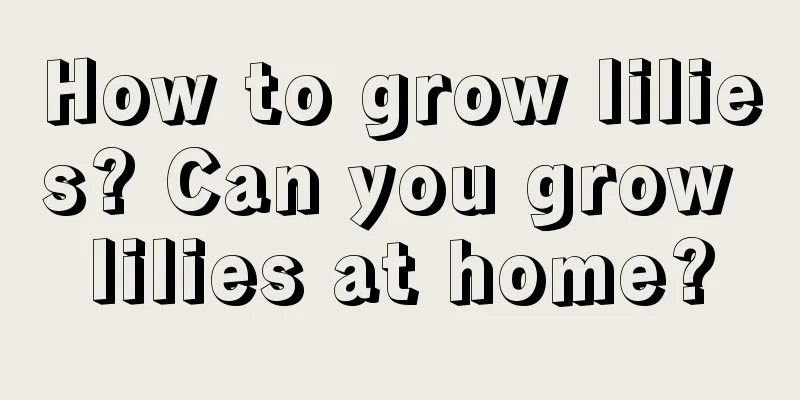The application value of blue flower dan

The ornamental value of blue flowerThe blue flower is native to South Africa. Because it blooms beautiful flowers in summer and autumn, it is elegant and unique, and extremely ornamental. It is a beautiful ornamental flowering plant, so it has now been widely introduced and cultivated in various countries. When the blue flower blooms, the color of the flowers is relatively light and rare. The flowers grow in clusters on the branches like hydrangeas, which look very stylish and eye-catching. The leaves are emerald green and the flowers are elegant, which can bring a hint of coolness to the hot summer. Blue flower dandelion can be planted in the open field or in potted plants to decorate rooms and balconies. The garden value of blue flowerThe blue dandelion has beautiful flowers and the branches of mature plants are hanging. It is more suitable to be planted in large flower pots as a combination potted plant. It can also be planted in the open field or used to embellish the lawn. The blue flower has light and elegant colors, and has great viewing effects. It is suitable for planting in garden clusters or flower beds, or for viewing in potted plants at home. Planting blue flowers in the field can beautify the environment. Blue flowers can also be used as flower hedges, or arranged with flowers of other colors to create patterns, which also has good gardening effects. Another point is that the blue flower plant grows vigorously, is heat-resistant, slightly shade-tolerant, has low requirements for soil, has few diseases and pests, is easy to manage, and has a long viewing period. With so many advantages, Blue Flower Dan is very suitable for flower lovers to grow, and it also indirectly enhances the garden value of Blue Flower Dan. Medicinal value of blue flowerThe blue flower plant is somewhat toxic, but it also has certain medicinal value. The roots and leaves of the blue flower dan contain the toxic ingredients blue snow glycoside and hydrogen blue snow glycoside. These toxins are toxic to the human body, but they can also be used as medicine to fight poison with poison. They have the effects of eliminating toxins and fighting cancer, reducing swelling and dispersing nodules, and removing blood stasis and relieving pain. In India, the roots of the blue flower are also used to treat warts. |
<<: The main value of Coreopsis grandiflora
>>: The efficacy and function of royal poinciana
Recommend
Iris disease control
Iris bulb rot Symptoms It mainly harms the bulbs,...
How to water baby's breath
1. Watering frequency Gypsophila requires a lot o...
Can silver-edged spider plant be hydroponically cultivated? Hydroponics methods and precautions
Can silver-edged spider plant be hydroponically c...
What to do if bougainvillea does not sprout new buds
1. Increase sunlight It is a plant that loves sun...
Can I grow pepper trees at home?
Can I grow pepper trees at home? You can plant pe...
Can the cactus be repotted in summer? What should be paid attention to when repotting?
Can the cactus be repotted in summer? The cactus ...
How to grow bougainvillea during flowering period
1. Light This plant is extremely light-loving by ...
How to grow crabapple
1. Lighting Most crabapples prefer sunlight. When...
How to propagate stone flowers and precautions
How to propagate stone flowers Stone flower is us...
How to make the leaves of peach egg plump and pink
1. Adequate sunlight If you want the leaves of th...
The difference between the Fallen Flower Dance and the False Epiphyllum
The blooming period of the Fallen Flower Dance an...
What is a Christmas tree and what does it symbolize?
1. What is a Christmas tree? There are many tree ...
Cultivation methods and precautions of pineapple lily
1. Breeding methods 1. Light: It has high require...
When does Spathiphyllum bloom?
1. Which month does it bloom? Not only do the Spa...
What to do if the green leaves grow too long
Natural Regulation The reason for the green plant...
